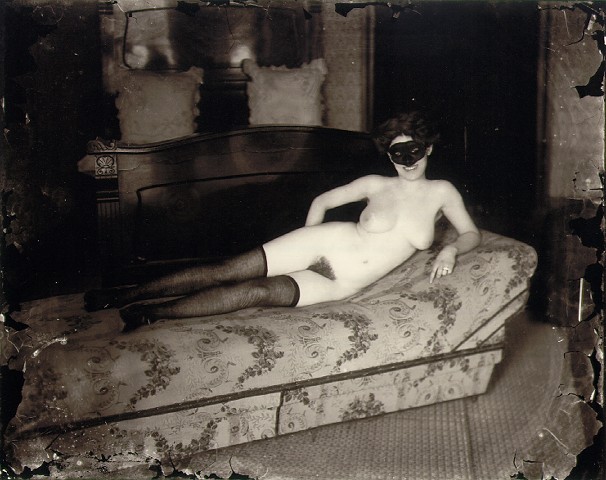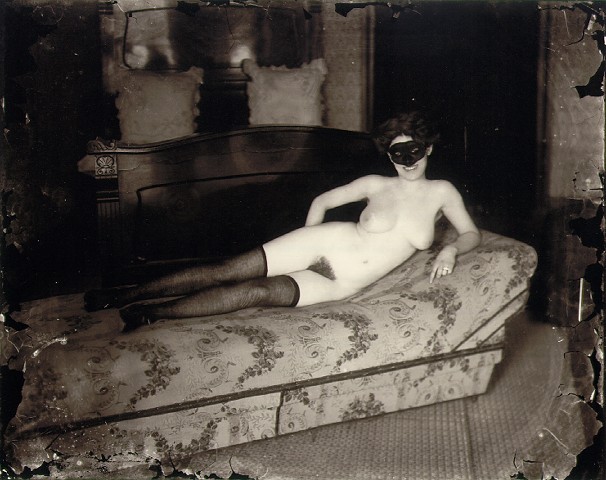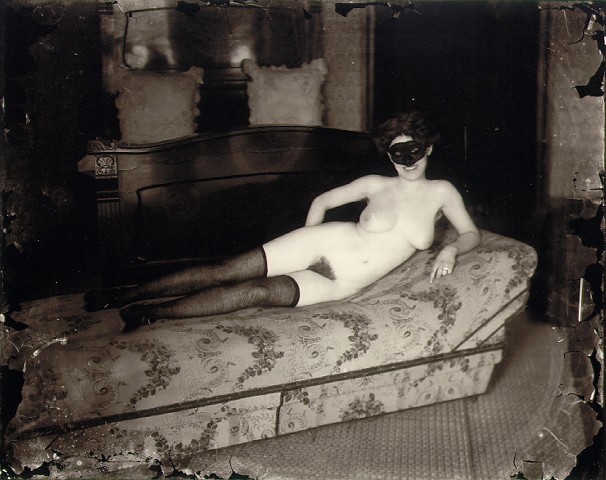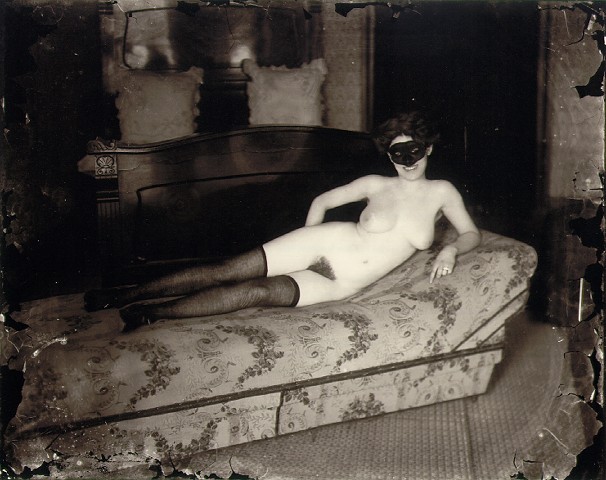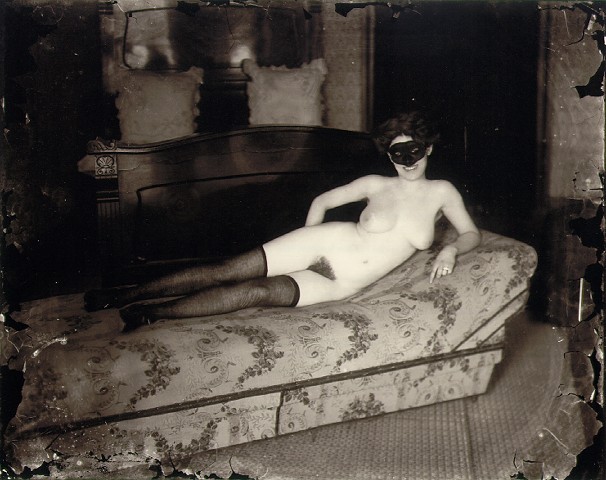Ernest Joseph Bellocq was an American photographer born in New Orleans to a Creole family. He is famous for his haunting photographs of prostitutes in Storyville – New Orleans’ legalized red-light district around the turn of the 20th century. Little is known about his creative intentions or personal life, adding to his mystique as a photographer.
Bellocq’s portraits captured the women of Storyville at ease within their environments, often showing them posing with gentle smiles or gazing off-camera with an air of introspection. His photography style and use of large-format cameras offered viewers a unique perspective into life in New Orleans’ infamous district during the early 1900s.
After Bellocq’s death in 1949, eighty-nine glass plate negatives were discovered in his desk by a family friend. They depicted female prostitutes from Storyville, all taken circa 1912 when he was working commercially as a professional photographer in New Orleans. His work received renewed interest when two art students bought some of his negatives from an antiques dealer in 1966, leading to exhibits and publications showcasing Bellocq’s exceptional photographs.
Today, E.J. Bellocq remains a revered figure in photography history, remembered for immortalising the lives and stories of women within one of America’s most notoriously intriguing neighbourhoods over one hundred years ago.


